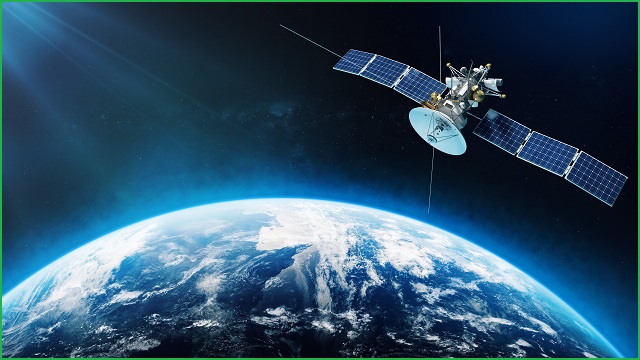Australian broadcaster Foxtel is worried that a host of new satellites communicating with Australia will disrupt its ability to broadcast TV to its satellite customers.
The concerns were raised in Foxtel’s submission to the Australian Communications and Media Authority’s consultation paper proposing to include three satellite operators in the Foreign Space Objects Determination.
While the broadcaster welcomed “the willingness of these operators” to consult with regulators, Foxtel warned that the satellite constellations on non-geosynchronous orbits (NGSO) could interfere with its business.
“Foxtel utilises GSO systems in the Ku Band TH 11.7 – 12.7 GHz for the delivery of our products to our satellite customers,” Foxtel’s Manager of Policy and Regulatory Affairs, Holly Brimble, said in the submission.
“This is a crucial link in our product delivery chain, and the consequences of interference, outages or degradations of margin are at the highest end of the spectrum of consequences for a business such as Foxtel.
“We hold very high levels of concern regarding the interference potential of NGSO constellations.
“Given the potential catastrophic business impact of interference, the need to protect existing GSO systems from these new NGSO constellations must be a priority for the ACMA going forward.”
In order to legally operate a radiocommunications device in Australia, you must have the appropriate license.
For satellites owned by foreign companies, the first step in procuring that license is to be included in a Radiocommunications (Foreign Space Objects) Determination made by ACMA.
SpaceX, Kepler, and Swarm Technologies
ACMA is looking to add Kepler Communications (Canada), SpaceX (US), and Swarm Technologies (US) to its list of approved satellite operators.
Satellites from SpaceX and Kepler are the concerning ones for Foxtel, since both have filed documents with global regulator, the International Telecommunication Union (ITU), stating that their satellites will support, among others, the 10.7 – 12.7 GHz frequency band.
Kepler is launching a satellite constellation to communicate with remote IoT devices and other assets – like agricultural equipment – that operate outside cellular networks.
Nick Spina, Kepler's Director of Launch and Regulatory Affairs, said the company was "excited to explore how its product can help Australians meet their contemporary challenges in agriculture, science, logistics, and the environment".
"The network [of satellites] will support two distinct services: a bargain pipeline for moving large quantities through VSAT terminals, and a 'check-up' connectivity service for small low-throughput devices," Spina said.
SpaceX intends on launching tens of thousands of satellites into non-geosynchronous low-earth orbits in order to provide worldwide internet coverage through a product it calls ‘Starlink’.
SpaceX's Director of Global Satellite Government Affairs, Matt Botwin, thanked ACMA for its amendments to the Foreign Space Objects Determination, saying it will "pave the way for SpaceX Services, Inc. to offer satellite-based broadband and communications services for residential, commercial, institutional, governmental, and professional users throughout Australia".
If it works as intended, Starlink will offer internet that far exceeds current internet infrastructure and could pose further competition for Foxtel in remote Australia.
Online streaming services like Netflix and Stan have taken bites out of Foxtel’s market share in recent years – a problem which could be exacerbated by the kind of fast, reliable internet for remote areas that is promised by Starlink.
Mark Handley, computer science professor at University College London, released a YouTube video showing how Starlink might work.
In the video he explains that, through a combination of user-installed ground stations and its constellation of satellites, the network would deliver internet with lower latency than fibre-optic cable.
So far, fewer than 200 Starlink satellites are operating, and SpaceX's Elon Musk estimates that around 800 will need to be launched for “moderate” internet coverage.










